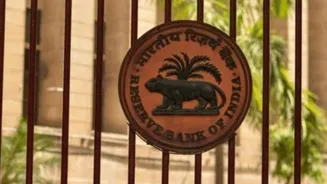Under the new rules, each regulated entity (RE) in a co-lending arrangement must retain at least 10% of every individual loan on its own books. This change applies uniformly to both banks and NBFCs participating in co-lending agreements.
The RBI also permits the loan-originating entity to provide a default loss guarantee (DLG) of up to 5% of the total outstanding loans under the arrangement. The regulator has asked all REs to reflect these
The central bank emphasised that entities involved in co-lending must make clear upfront disclosures about their roles and responsibilities in the partnership.
Importantly, RBI has mandated a borrower-level asset classification for such arrangements. If one lender classifies a borrower as a
The regulator’s move aims to enhance coordination and reduce arbitrage in loan performance classification under co-lending agreements.
Commenting on the development, Joydip Gupta, APAC Head at Scienaptic, said,
He added that specialized NBFCs will now be better positioned to tap into cheaper bank funding to serve markets previously underserved. "While margins may be affected by blended interest rates and retention norms, the clarity and
He also noted that the changes would help extend formal credit to underbanked segments, particularly MSMEs and thin-file borrowers, with the potential for faster and more inclusive lending through AI-powered partnerships.
















